#JANTAR MANTAR
Explore tagged Tumblr posts
Text






protests erupt in various parts of India demanding the government to stop arming israel while expressing support for the Palestinians. the above photos are from Jantar Mantar, New Delhi.
pc
2K notes
·
View notes
Text

Jantar Mantar, Jaipur, India,
Built by Maharaja Jai Singh II
#art#design#stairwell#architecture#stairway#staircase#stairs#staircases#sculpture#observatory#india#jaipur#jantar mantar#science#maharaja#jai singh II#yellow
99 notes
·
View notes
Text

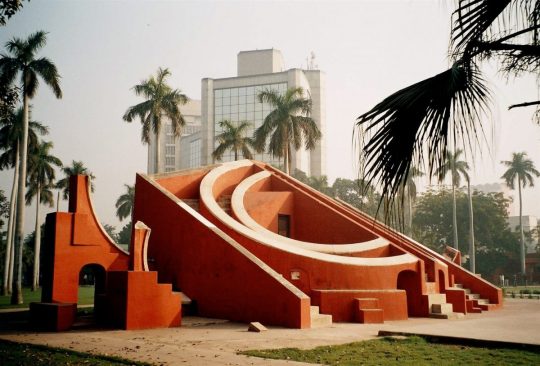
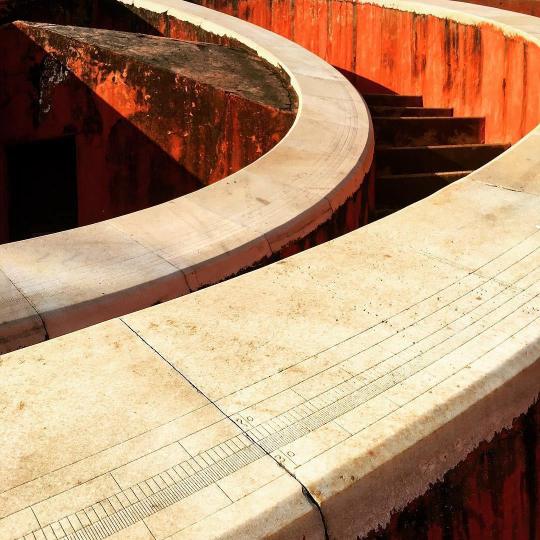
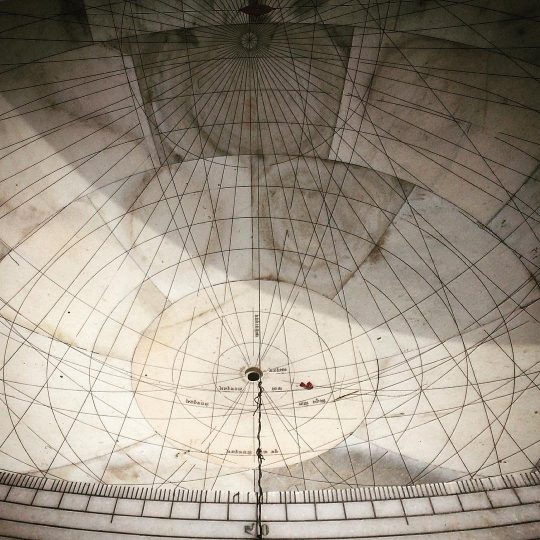
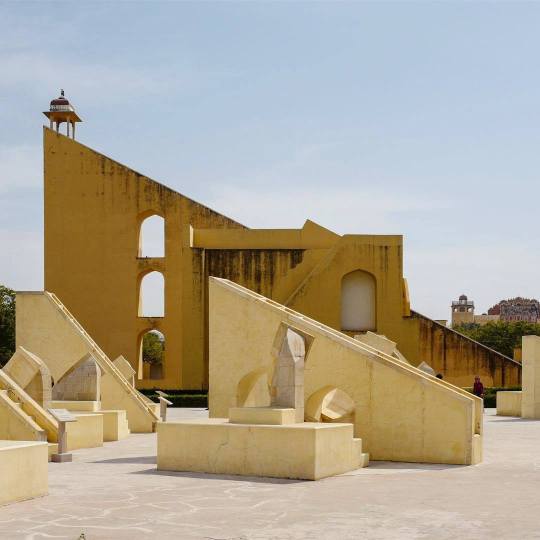
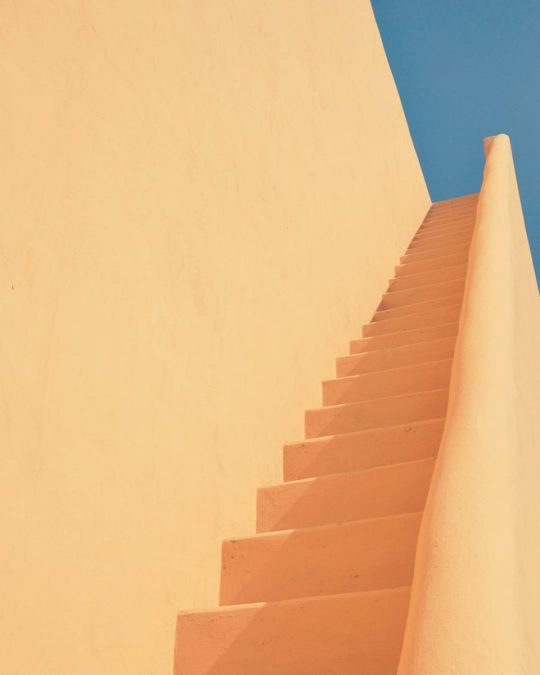





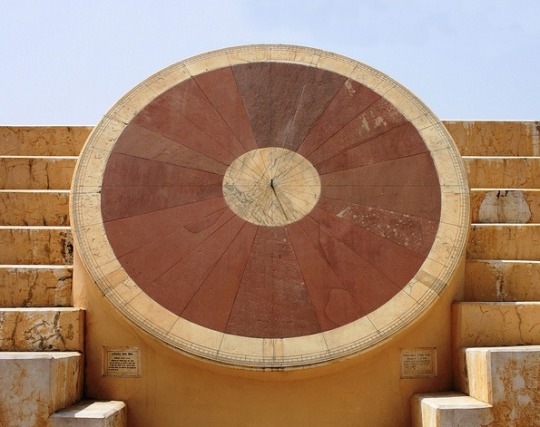
Jantar Mantar.
Es uno de los cinco observatorios astronómicos construidos en la India por el maharajá Jai Singh en 1728, quien además de guerrero era conocido por su afición a la astronomía.
Este monumento es Patrimonio de la Humanidad.
Ubicado en Jaipur, consiste en una colección de monumentos escultóricos, cuyas formas permitían el estudio de la evolución de las sombras producidas por el sol. El más impresionante es una estructura de 27 m de alto cuya sombra se mueve a razón de 4 metros por hora.
3 notes
·
View notes
Text
Places To Visit In Jaipur | Know About 10 Famous Places In Jaipur.
Without visiting Jaipur, a vacation to India would be incomplete. Jaipur, affectionately known as “The Pink City,” is a regal paradise of culture and tradition, rich with architectural marvels. Its historical structures are blushing pink, earning it the nickname “The Pink City.” Also, it is an important stop on the well-known tourist route known as the “Golden Triangle” of India. Read more
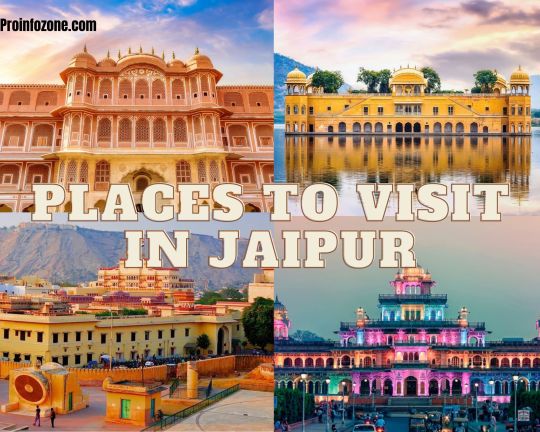
#places to visit in udaipur#india#traval#united states#nature#places to visit in jaipur at night#places to visit in rajasthan#Rajasthan#Hawa Mahal#Jantar Mantar#City Palace#Amber Fort#Jal Mahal#Jaigarh Fort#Birla Mandir#Nahargarh Fort#Panna Meena ka Kund#Albert Hall Museum
2 notes
·
View notes
Text
Jantar Mantar
Rekha: Tookmehere do you know about a historic place in which ancient instruments were being used to tell time, location of the stars and planets? Tookmehere: Yup! Rekha the place you're searching for is the Jantar Mantar.
0 notes
Text
Jantar Mantar: Celestial Wonders Unveiled

In the heart of Jaipur, amidst the hustle and bustle of the vibrant Pink City, lies a celestial marvel that transcends time and connects us with the mysteries of the universe – the Jantar Mantar. This architectural masterpiece, built by Maharaja Sawai Jai Singh II in the early 18th century, stands as a testament to India's rich scientific heritage. In this blog, we embark on a journey to unravel the celestial wonders of Jantar Mantar, exploring its history, significance, and the astronomical marvels it houses.
A Glimpse into History The Jantar Mantar, a collection of nineteen architectural astronomical instruments, was constructed with the vision of fostering a scientific temperament among the citizens of Jaipur. Maharaja Sawai Jai Singh II, a keen astronomer and mathematician, sought to create a space where astronomical observations and measurements could be conducted with precision. The construction began in 1728 and was completed in 1734.
Architectural Marvels at Jantar Mantar The Samrat Yantra: Master of Time At the heart of Jantar Mantar stands the Samrat Yantra, often referred to as the "Supreme Instrument." This colossal sundial is the largest of its kind globally, standing at an impressive 27 meters in height. The Samrat Yantra is a sundial of unparalleled accuracy, capable of measuring time with an astonishing precision of two seconds.
The Jai Prakash Yantra: Tracing the Celestial Sphere For those intrigued by the movement of celestial bodies, the Jai Prakash Yantra offers a captivating experience. This instrument consists of two hemispherical bowls with markings representing the celestial sphere. Visitors can observe the position of the sun, moon, and stars, gaining insights into their trajectories across the night sky.
The Ram Yantra: A Giant Protractor Imagine a giant protractor on the ground, and you have the Ram Yantra. This instrument is designed to measure the altitude and azimuth of celestial objects. Its simplicity and effectiveness make it an essential tool for astronomers studying the movements of celestial bodies.
The Misra Yantra: The Mixed Instrument As its name suggests, the Misra Yantra is a combination of various instruments, each serving a unique purpose. This complex structure reflects the depth of Maharaja Jai Singh II's astronomical knowledge and his commitment to advancing scientific understanding.
Significance Beyond Measurements Jantar Mantar's significance extends beyond its role as an astronomical observatory. It stands as a symbol of India's scientific prowess during a time when Europe was witnessing the Renaissance. Maharaja Jai Singh II, inspired by Islamic and European astronomy, merged various mathematical and technical traditions to create these instruments, showcasing India's ability to assimilate knowledge from diverse sources.
The observatory also played a crucial role in the development of the Indian calendar. Jai Singh II aimed to refine the existing calendar to align it more accurately with astronomical events, and the Jantar Mantar provided the necessary tools for these calculations.
Preserving a Celestial Legacy Over the centuries, Jantar Mantar has weathered the sands of time, facing the challenges of nature and urbanization. However, its significance has not waned. Recognizing its cultural and scientific importance, UNESCO declared Jantar Mantar a World Heritage Site in 2010, ensuring its preservation for future generations.
Efforts to restore and maintain the instruments continue, allowing visitors to witness these celestial wonders in all their glory. The site serves as a living testament to India's scientific acumen and the timeless pursuit of understanding the cosmos.
Visitor Experience: Beyond the Ordinary A visit to Jantar Mantar is not just a stroll through a historical site; it's a journey through the cosmos. As you walk among the giant instruments, you can't help but feel a connection to the ancient astronomers who used these very tools to decode the mysteries of the universe.
The immersive experience is enhanced by knowledgeable guides who unravel the secrets of each instrument, making the complex world of astronomy accessible to all. Whether you're a seasoned astronomer or a curious traveler, Jantar Mantar offers a unique blend of history, science, and cultural richness.
Conclusion: A Celestial Odyssey In concluding our celestial odyssey through Jantar Mantar, we find ourselves standing at the intersection of history and science. Maharaja Sawai Jai Singh II's vision has transcended centuries, and the Jantar Mantar stands as a living testament to India's scientific achievements.
As we gaze upon the Samrat Yantra, tracing the movements of the celestial bodies with the Jai Prakash Yantra, and marveling at the precision of the Ram Yantra. Jantar Mantar beckons us to look beyond the ordinary, to explore the wonders of the universe, and to appreciate the timeless beauty of our shared celestial heritage.
Related Reads: 7 Exciting Places to Visit in Jaipur City
0 notes
Text
Jantar Mantar Jaipur
Jantar Mantar is a very famous tourist destination in Jaipur. The Jantar Mantar is situated in the main city of Jaipur, near the City Palace Museum. It attracts a large number of domestic and international tourists. An observatory was constructed in the 18th century by Maharaja Sawai Jai Singh II of Amer, a group of architectural tools used to examine the progress of planets and stars.
0 notes
Text
places to see in jaipur
Jantar Mantar is a historic astronomical observatory located in Jaipur, Rajasthan, India. It is one of the architectural marvels built by Maharaja Jai Singh II, the founder of Jaipur, in the early 18th century. The term "Jantar Mantar" translates to "calculating instrument" in English.Jantar Mantar is located near the City Palace and Hawa Mahal in the heart of Jaipur. It is easily accessible and is often included in the itinerary of visitors exploring the historical and cultural attractions of the city.

email- [email protected]
website-
#jaipur
0 notes
Text
It's time
Some people kill it. Others put a stitch in it. But for most of us, there never seems to be quite enough of it. Given the inscrutable nature of that thing we call time, it seems little wonder that the devices we use to mark it are made in the way they are. We say there are 24 hours in a day, but we only mark 12 of them on a typical analogue clock face, and we start the count not at zero, but at…

View On WordPress
#Big Bang#clock#clockwise#cuckoo clock#horology#Illusion of Time#James Oatley#Jantar Mantar#sexagesimal#sundial#synchronicity#time#wrist watch#Yallambie
0 notes
Text
#latest news#newsupdate#hindinews#tv100news#delhinews#upnews#wfi#current events#protest#tv 100#toplatestnews#news#jantar mantar#delhipolice#tv100new#uttar pradesh
0 notes
Text
Jaipur Jodhpur Jaisalmer Tour Package
Rajasthan’s 3 most favourite cities Jaipur Jodhpur Jaisalmer invites you to explore its magnificence and unparalleled majesty with its Royal Palaces and Renovated Havelis. Rajasthan, often known as the “Cultural Capital of India,” is one of those places that should be experienced fully, and our trip package has been meticulously designed to help you accomplish that. Jaipur, Jodhpur, and Jaisalmer are three popular tourist destinations in Rajasthan, India. There are various tour packages available that cover all three cities. These packages typically include transportation, accommodation, meals, and sightseeing.
The Jaipur Jodhpur Jaisalmer tour package usually begins with a visit to Jaipur, the capital city of Rajasthan. Known as the "Pink City," Jaipur is famous for its forts, palaces, and colorful bazaars. Popular attractions in Jaipur include the Amber Fort, City Palace, Hawa Mahal, Jantar Mantar, and the Albert Hall Museum.
The second stop on the tour is Jodhpur, also known as the "Blue City" due to the blue-colored houses in the old town area. Jodhpur is home to the majestic Mehrangarh Fort, which offers stunning views of the city. Other popular attractions in Jodhpur include the Jaswant Thada, Umaid Bhawan Palace, and the bustling Sardar Market.
The final stop on the tour is Jaisalmer, a city located in the heart of the Thar Desert. Jaisalmer is known for its magnificent sandstone fort and havelis (old mansions). Visitors can also enjoy camel safaris, cultural performances, and shopping for local handicrafts at the bustling bazaars.
Overall, the Jaipur Jodhpur Jaisalmer tour package is a great way to explore some of the most popular tourist destinations in Rajasthan and experience the rich history and culture of the region.

#Jaipur#Jodhpur#Jaisalmer#Rajasthan#India#tour package#transportation#accommodation#meals#sightseeing#Pink City#Amber Fort#City Palace#Hawa Mahal#Jantar Mantar#Albert Hall Museum#Blue City#Mehrangarh Fort#Jaswant Thada
0 notes
Text
Best Jaipur Sight Seeing Packages
Jaipur, also known as the Pink City, is the capital of the Indian state of Rajasthan. It is famous for its rich history, stunning architecture as well as vibrant culture. There are many must-visit tourist destinations in Jaipur. These can explored with the help of various sightseeing packages available. Dhanvi tours offers the best Jaipur sight seeing packages.

#Jaipur#Pink city#Rajasthan#JaipurTour#Tours#destinations#trav#Hawa maha#Jantar mantar#Amer fort#Birla Temple#Jaigarh fort#Jal Mahal#Albert hall museum#tour packages
0 notes
Text
Arte & mancias
Jantar Mantar en India
Construidos en varias localidades hindúes a fines de la era mogol, fueron hechos a gran escala y con dos sistemas de medición para calcular las posiciones de los objetos.
“Jantar” deriva del sánscrito yantra y significa “instrumento”, Mantar deriva de mantra y significa “fórmula”, y literalmente significa “instrumento para calcular”. Es el nombre de tres de un total de cinco observatorios de estrellas en India, construidos por orden del príncipe Jai Singh II entre 1724 y 1738, hacia finales del Imperio Mogol.
Los instrumentos fueron construidos a gran escala y comparaban entre sí sus observaciones y mediciones del tiempo, ¡prediciendo con precisión asombrosa eclipses y otros eventos con hasta sólo 2 segundos de diferencia! Además, añadieron un catálogo de 1018 estrellas a las tablas astronómicas islámicas de Zij.
Los sitios están al N y NO del país y el más extenso de ellos está en la ciudad de Jaipur (capital del imperio de Jai Singh).
Con el Este al Oeste occidental y el Norte al Sur occidental, los observatorios están orientados según las coordenadas polares de la Tierra, de manera tal que las sombras que proyectan algunos de sus instrumentos permiten medir las posiciones de los objetos celestes. Los instrumentos están fijos y están hechos de madera, limo, piedra y metal pero no tienen el típico diseño lleno de adornos que la arquitectura hindú suele tener. Además, cada uno de ellos usa sus propios sistemas de calibración (el azimut o la eclíptica) ¡e incluso hay algunos que permiten elegir qué referencia utilizar!
Para apreciar su funcionalidad, los sitios tienen que ser visitados con luz solar directa (para que se generen sombras) y ser entendidos como un conjunto de instrumentos en el que algunos complementan los cálculos de otros. En Jaipur, algunos de los instrumentos son:
El Gran Samrat Yantra, el reloj solar más grande del mundo, con forma de triángulo y cuadrantes a los costados en los que la hipotenusa proyecta su sombra. En los cuadrantes hay marcaciones para medir el paso del tiempo a medida que la sombra se desplaza a lo largo del día. Las mediciones se pueden realizar cada 6 horas, 15 minutos, 1 minuto, 6 segundos y 2 segundos:

Izq.: cuadrante este con la sombra de la hipotenusa del Gran Samrat Yantra en Jaipur (India). Der.: perímetro de uno de los cuadrantes con las marcaciones que miden el paso del tiempo a medida que la sombra se traslada sobre la superficie.
El diseño del Gran Samrat es la base de otro grupo de instrumentos, los Rashi Vayala Yantras, que están diseñados para determinar la latitud y longitud de los objetos celestes cuando se encuentran en un determinado signo del Zodíaco. Los instrumentos son 12 y contienen un dibujo del signo que se le asocia a cada uno de ellos:

Conjunto de los Rashi Valaya Yantras en Jaipur (India).
Otro grupo de instrumentos son los Jai Prakash Yantras, dos semiesferas que emergen parcialmente del suelo. Las superficies están grabadas con marcaciones circulares para deducir las posiciones estelares, y en ellas también se proyecta la sombra de un aro de metal suspendido entre cuerdas (para determinar la posición del Sol). Todas estas posiciones pueden ser determinadas directamente alineando el ojo con las superficies porque las semiesferas contienen brechas para caminar entre ellas:

Jai Prakash Yantra en Jaipur (India). Izq: cada banda corresponde a 1 hora de rotación terrestre (cuando el objeto celeste ya se encuentra por fuera de la superficie que se mira, el observador puede desplazarse hacia la otra semiesfera para continuar su observación durante la siguiente hora). Der: círculos concéntricos en los polos de las superficies para determinar altitud y declinación.
Hay más instrumentos en el conjunto de Jaipur, como el Rama Yantra que, al igual que los Jai Prakash, está formado por dos estructuras con brechas para moverse entre ellas. Pero las posiciones se deducen alineando visualmente a un objeto en el cielo con la parte superior de un pilar ubicado en el centro de cada instrumento. El extremo inferior de esa línea imaginaria señala a una marcación en el muro o en el piso.
Si te han interesado estas estructuras en Jaipur, encontrarás más detalles y otros instrumentos en jantarmantar.org, o lee el artículo original de TM, en Blogger:
0 notes
Text
Jantar Mantar is one of the most unique places that I have ever seen. Earlier, this observatory was used to know the time with the use of sun rays. The place has big instruments that are being used for the research and study of time and stars. In simpler words, this can be explained as a huge outdoor science observatory.
0 notes
Text
Art & Mancias
Jantar Mantar in India
Built at a high scale during the late Moghul age in India, they include two measurement systems to calculate the positions of celestial objects.
“Jantar” comes from the Sanskrit word yantra and means “instrument”, Mantar from mantra and means “formula”, and both words literally mean “instrument to calculate”. It is the name of three of a group of five stellar observatories in India, built by the order of prince Jai Singh II between 1724 and 1738, at the end of the Moghul Empire period.
They are high-scale instruments and were used to compare their observations and time measurements, predicting eclipses and other events with great accuracy and only 2 secs of difference! Besides, the observations added a 1018 star catalogue to the Islamic astronomical tables of Zij.
They are located in the N and NW areas of the country, and the largest one in Jaipur (the capital city of Jai Singh’s empire). The East is the West for Western cultures, the North is the Western South, and the observatories are aligned to the Earth’s polar coordinates in such a way that the shadows projected by some of the instruments allow measuring the positions of celestial objects.
The instruments are fixed on the ground and built with wood, lime, stone and metal although they are not styled with the expected adornments of the usual Indian architecture. Besides, each one of them has its own calibration system (height or ecliptic system), and some of them even allow us to choose the reference to use!
To understand better their functionalities, the observatories have to be visited in daylight (to see the shadows) and be considered as groups of instruments providing calculations that complement each other. Some of them we may find in Jaipur are:
The Great Samrat Yantra, the world's biggest triangle-shaped sundial with two quadrants at both sides where the hypotenuse casts a shadow. Markers on the quadrants allow measuring time throughout the day. We can take notes every 6 hours, 15 minutes, 1 minute, 6 seconds and 2 seconds.

Left: Eastern quadrant with the hypotenuse’s shadow in the Great Samrat Yantra in Jaipur (India). Right: perimeter of one of the quadrants with markers to measure time.
The design of the Great Samrat has been used as a model for building another group of instruments, the Rashi Vayala Yantras, which are meant to calculate the height and longitude of celestial objects when they are in a specific sign of the Zodiac. They are 12 instruments holding inside a painting of the zodiac sign associated to each one of them:

Group of Rashi Valaya Yantras in Jaipur (India).
Another group of instruments are the Jai Prakash Yantras, two semi-spheres partially emerging from the ground. The surfaces are marked with circles to calculate the stellar positions, and a metal ring (hanging above in the intersection of two crossed wires) also casts a shadow on them (which allows for calculating the Sun’s position). There are gaps in the surfaces for a watcher to walk between them and simply align the eye on them to locate the celestial objects of interest:

Jai Prakash Yantra in Jaipur (India). Left: each band is 1 terrestrial hour (when an object is beyond the surface, the watcher just walks to the other semi-sphere to continue observing it during the next hour). Right: concentric circles in the poles of the semi-spheres are used to calculate height and declination.
There are more instruments in the group in Jaipur, like the Rama Yantra which is similar to the Jai Prakash Yantras, both including two structures with gaps to move inside. But the Rama deduces the positions by visually aligning an object in the sky with the upper extreme of a pillar placed at the centre of each instrument. The lower extreme of that imaginary line points to a marker on the wall or on the floor.
If you are interested in the structures in Jaipur, you may find more details on jantarmantar.org. or take a look at TM's original post on Blogger:
1 note
·
View note
